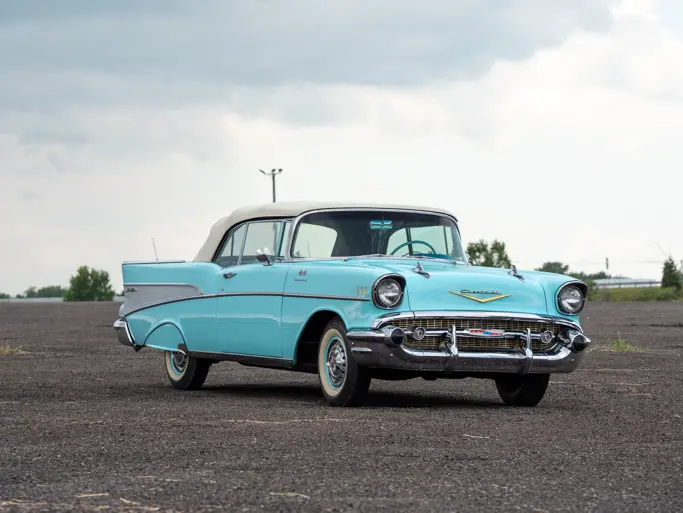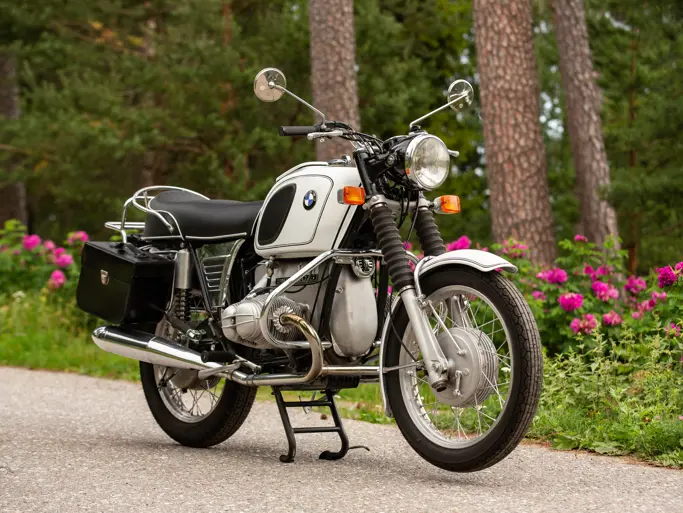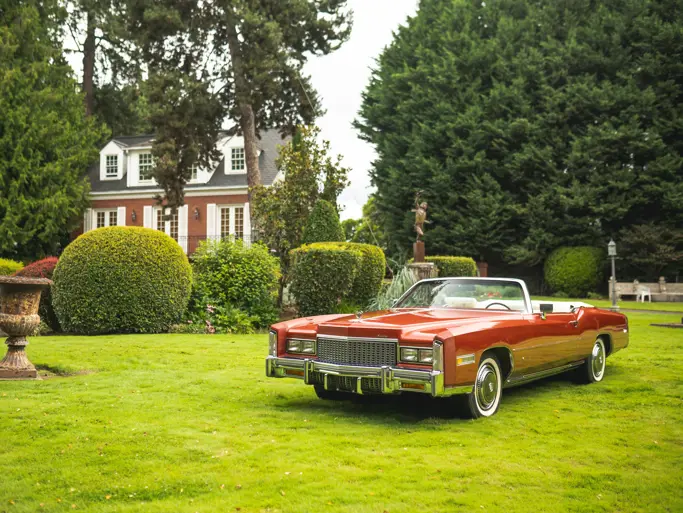Auburn Fall 2013
1966 Shelby GT 350
{{lr.item.text}}
$130,000 - $160,000 USD | Not Sold
 | Auburn, Indiana
| Auburn, Indiana
{{internetCurrentBid}}
{{internetTimeLeft}}

- 289-cid, 306-hp V-8 engine, four-barrel carburetor, four-speed “top loader” transmission
- The 1966 model offered here, serial number SFM6S316, is a very desirable early car
- Equipped with lowered front A-arms and over-rider rear traction bars, which was correct for early 1966 cars
- Restored by third owner, who rebuilt the car comprehensively to “R” model specifications
- Fitted-out with original-style Cobra valve covers, a Holley carburetor, a Cobra aluminum intake, and a racing oil pan.
- Additional “R” highlights include fiberglass bumpers and a rear deck lid, a racing gas tank with a quick-fill fuel cap, a trunk-mounted battery and Cobra-style side mirrors
- R-style bucket seats, a rollcage, shoulder and lap belts, Plexiglas backlight and side windows, and a 1965-style wooden steering wheel
- American racing wheels shod with Goodyear Sports Car Special tires
289-cid, 306-hp V-8 engine, four-barrel carburetor, four-speed “top loader” transmission, independent front suspension with coil springs, live rear axle with semi-elliptic leaf springs, and front disc and rear hydraulic drum brakes. Wheelbase: 108-inches
While Ford’s 1964 Mustang was a huge hit, it would never be mistaken for a “Total Performance” poster boy. Carroll Shelby, already a Ford-related performance commodity with his AC Cobras, was tapped to transform the mild mannered Mustang into a potential “B” Production SCCA champion.
Unveiled by Shelby on January 27, 1965, his Shelby GT 350 had a few subtle exterior changes: a fiberglass hood with a functional hood scoop, a clean looking grille, and a tricolored running horse located on the driver’s side of the grille. All Shelbys in 1965 were Wimbledon White with a blue GT350 side stripe located below the door. A special aluminum intake, carburetor and exhaust headers increased the solid lifter Hi-Po 289’s horsepower from 271 to 306. Exhaust from the Tri-Y headers exited in front of the rear wheels. Borg Warner T10 four-speed, nine-inch Detroit “no-spin” differentials and extensive suspension work were just some of the 50 improvements incorporated into the GT 350, which listed for a most reasonable price of $4,547.
The street GT 350s sold briskly, but since they were essentially thinly disguised race cars, early buyers complained about harshness, noise, and rattles. As a result, the 1966 GT 350 became more user-friendly due to a host of mechanical revisions that softened the edges and made the cars more tractable. Exterior changes included Plexiglas quarter windows and the scoops and ducting necessary to help cool the rear brakes. Mechanically, the engine remained the same, a Shelby-prepared 306 brake horsepower, solid lifter 289 cubic inch Ford V-8 with a Holley four-barrel carburetor and a considerably quieter exhaust system. The Borg-Warner T10 four-speed manual transmission remained standard, but an automatic was optional. The suspension was much closer to stock, greatly improving the ride and comfort. All told, 1,365 cars were built in addition to the 1,000 GT 350H Hertz “Rent A Racers” and 13 specials and prototypes.
The 1966 model offered here, serial number SFM6S316, is a very desirable early car, equipped with lowered front A-arms and over-rider rear traction bars. Originally delivered to C.M. Freeman by Arles Ford, of San Rafael, California, on March 19, 1966, it was restored by third owner Mark Hereford, who rebuilt the car comprehensively to the specifications of the desirable racing, or “R,” model. Finished as-new in Wimbledon White with Guardsman Blue stripes, it is now equipped with fiberglass bumpers and a rear deck lid, a racing gas tank with a quick-fill fuel cap, a trunk-mounted battery, R-style bucket seats, a rollcage, shoulder and lap belts, Plexiglas backlight and side windows, Cobra-style side mirrors, a 1965-style wooden steering wheel, and American racing wheels shod with Goodyear Sports Car Special tires. Underneath is a 289-cid “High-Po” V-8, fitted-out with original-style Cobra valve covers, a Holley carburetor, a Cobra aluminum intake, and a racing oil pan.
Recently fully-serviced, this is a turn-key GT 350 with competition upgrades, well-suited to either tracking or touring with the ferociousness that Carroll Shelby appreciated on such events as the Copperstate 1000.





